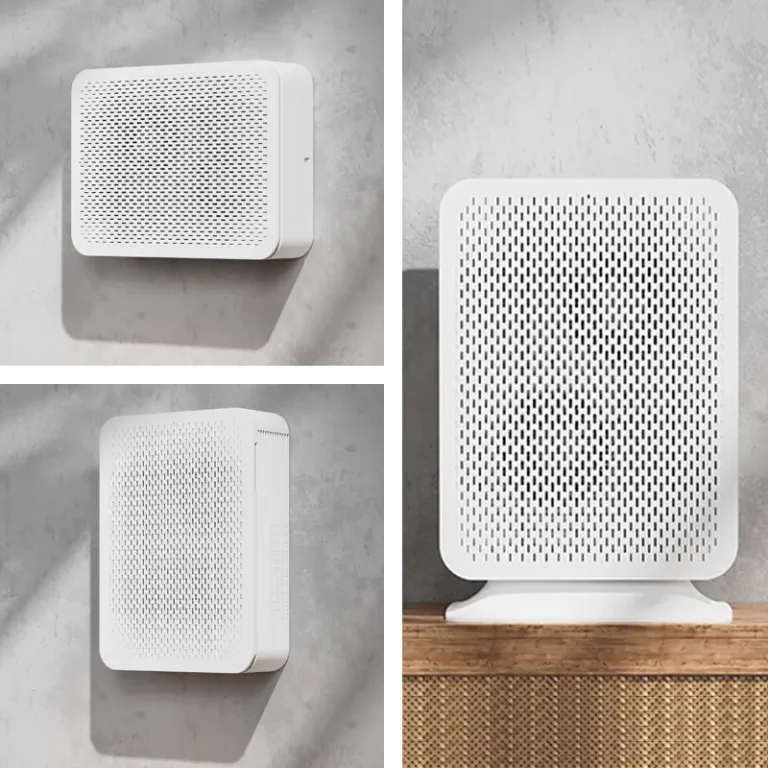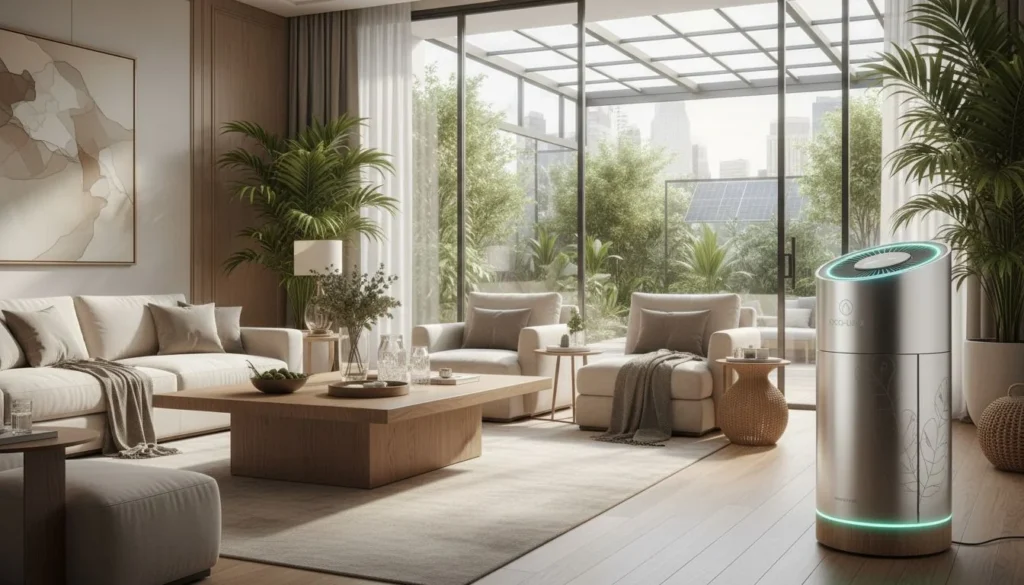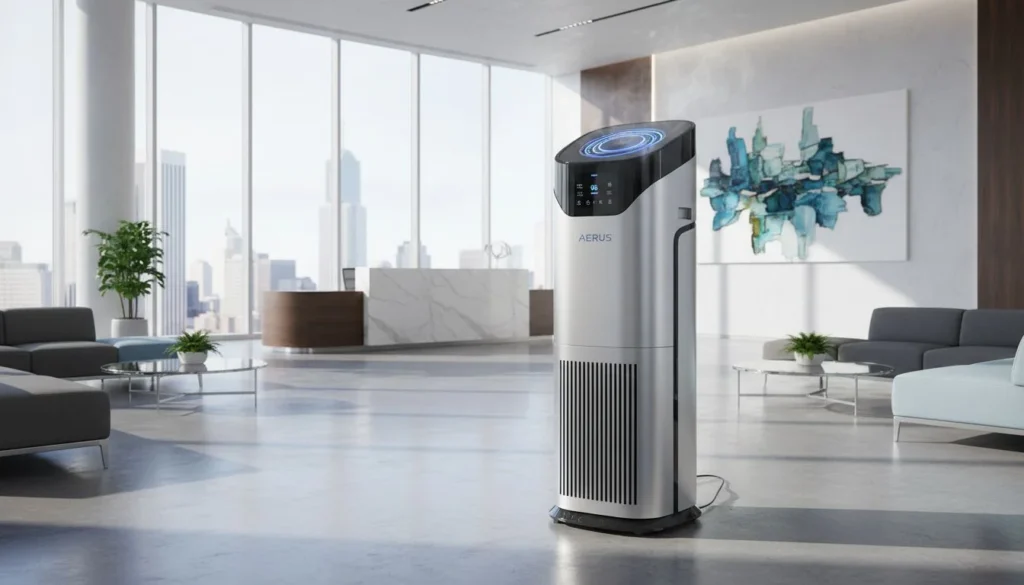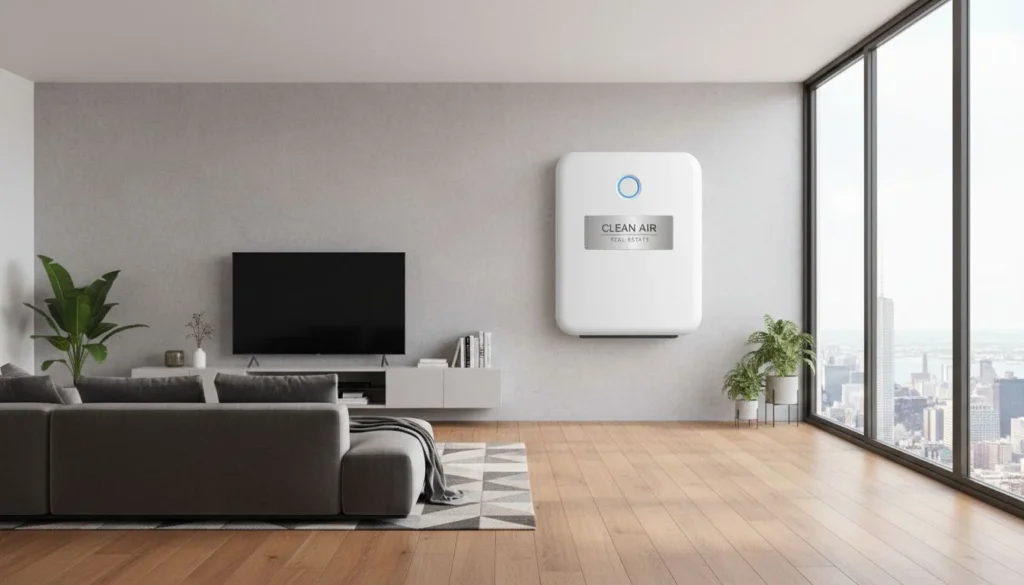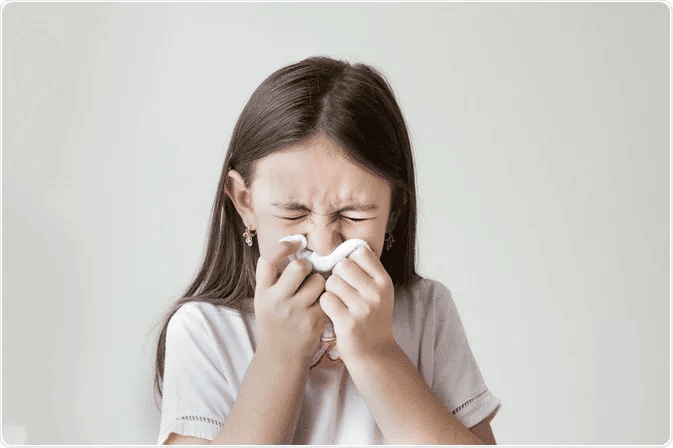
Fuente de la imagen: Noticias médicas
Cada primavera llega un ataque masivo de estornudos acompañado de ojos llorosos, secreción nasal y rascado constante. Para la mayoría de la gente, estos ataques de estornudos son signos de fiebre del heno o alergias estacionales.
Las alergias primaverales anuales se producen por el exceso de polen en el aire. Según AAFA sólo en Estados Unidos y Canadá hay unos 100 millones de personas que sufren algún tipo de reacción alérgica a los alérgenos transportados por el aire.
estadísticas de alergia por estados en las que puede confiar
Si usted es como la mayoría de la gente, probablemente no piense en la salud y el bienestar de otros estados tan a menudo como debería. Por desgracia, muchos estados se enfrentan a graves problemas de salud pública que podrían afectar a todos los habitantes del país. Tanto si padece alergias como si conoce a alguien que las sufra, es importante saber cuáles son los peores estados para vivir.
Los peores estados para las alergias 2020
Las estadísticas estatales sobre alergias muestran que casi la mitad de los estadounidenses padecen alergias o asma. Centros para el Control y la Prevención de Enfermedades (CDC) calcula que más de 50 millones de estadounidenses padecen rinitis alérgica (fiebre del heno), una alergia al polen, el moho, los ácaros del polvo y la caspa de las mascotas.
Los peores estados para las alergias
Algunos estados son más accesibles para vivir que otros si se padecen alergias. A menudo pensamos que los afectados por el polen y las alergias son los que viven en zonas rurales, pero no siempre es así.
Las alergias se están convirtiendo cada vez más en un problema en todo el país, con tendencia a ser peores en unas zonas que en otras. Si padece alergias, su sistema inmunitario reacciona de forma anormal ante sustancias extrañas inofensivas como el polen y la caspa de los animales domésticos. Estos son los peores estados para las alergias.
Las alergias pueden afectar a su calidad de vida, aunque no viva en un estado conocido por su clima favorable a los alérgicos. Pero algunos estados son mejores que otros cuando se trata de ayudar a los alérgicos. Los 10 lugares donde será más difícil controlar las alergias estacionales en 2020 según AAFA son:
- Scranton, Pensilvania
- Wichita, Kansas
- McAllen, Texas
- Richmond, Virginia
- San Antonio, Texas
- Oklahoma City, Oklahoma
- Hartford, Connecticut
- Buffalo, Nueva York
- New Haven, Connecticut
- Albany, Nueva York
Los peores estados para las alergias 2022
Esta es una lista de los peores estados para las alergias 2021 según everlywell. Esta lista se elaboró teniendo en cuenta los estados con los mayores recuentos medios de polen y las puntuaciones más altas de síntomas de alergia al polen. Si eres alérgico al polen, los ácaros del polvo, el moho o la caspa de las mascotas, el mejor lugar para estar es un estado con una baja concentración de esas cosas.
- Scranton, PA
- Richmond, VA
- Wichita, KS
- McAllen, TX
- Pittsburgh, PA
- Hartford, CT
- Springfield, MA
- New Haven, CT
- Oklahoma City, OK
- Bridgeport, CT
Los peores estados para las alergias 2022
Algunas personas padecen alergias múltiples, mientras que otras sólo tienen un tipo de alergia o ninguna. Las alergias pueden ser hereditarias, pero también pueden estar causadas por factores ambientales como la contaminación o la exposición a sustancias químicas. Según la AAFAlas siguientes ciudades son las mejores para los alérgicos en 2022:
- Seattle, WA
- Durham, NC
- San Francisco, CA
- San José, California
- Portland, OR
- Sacramento, CA
- Denver, CO
- Provo, UT
- Phoenix, AZ
- Fresno, CA
Los 10 peores estados para las alergias : resumen
Las mudanzas son estresantes para todos, pero pueden ser especialmente duras si tienes alergias. Al fin y al cabo, estás dejando atrás tus plantas favoritas y una casa que se ha limpiado cuidadosamente para evitar el polvo. Los ácaros del polvo, el moho y la caspa de las mascotas son los principales culpables de las alergias.
Hay mucho que tener en cuenta a la hora de elegir dónde vivir, y las alergias pueden ser un factor importante. Los peores estados para las alergias son aquellos con una alta concentración de alérgenos, como el polen en el aire. Si eres propenso a estornudar o moquear, quizá te convenga mantenerte alejado de ciertos estados.
Síntomas de la alergia al polen
Los síntomas de la alergia pueden variar de una persona a otra y debe encontrar maneras de deshacerse de las alergias estacionales. Los síntomas pueden ir desde estornudos y goteo nasal hasta picor de ojos y urticaria. El síntoma más común es la congestión nasal o en la zona de la garganta. Otros síntomas comunes son:
- fiebre
- dolor de garganta
- sarpullido
- picor
- tos
- dolor de cabeza
- fatiga
- picor de ojos
- ojos hinchados
- irritación
Tipos de alérgenos comunes y causas
Conocer los alérgenos comunes puede ayudarle a reconocer los síntomas, así como a saber qué precauciones tomar para evitar que las alergias le provoquen una reacción cuando menos lo desea.
Tipos:
- Alergia a la ambrosía
- Alergia a la hierba
- Alergias primaverales
- Alergias otoñales
- Alergias estivales
- Alergia al polen de abedul
- Alergia a los perros
- Alergia al moho
- Alergia al polvo
Causas:
- Polen de árbol
- Polen de Regweed
- Polen de gramíneas
- Polen de malas hierbas
¿Por qué es tan alto el recuento de polen 2022?
Los recuentos de polen suelen ser más elevados en primavera y otoño, pero este año también lo han sido en invierno. Esto se debe a que en enero hizo un calor inusual, lo que permitió a los árboles empezar a producir polen antes de tiempo.
Según un nuevo informe de la Fundación Americana del Asma y la Alergia (AAFA), la temporada de alergias de la primavera de 2022 será peor que la del año pasado. La organización afirma que esto se debe a que últimamente ha sido inusualmente seca, lo que significa que hay menos polen flotando en el aire de lo habitual. Esta falta de polen provoca reacciones alérgicas más graves entre las personas que padecen alergias.
Las peores ciudades de Estados Unidos para las alergias
Las alergias son cada vez más frecuentes en Estados Unidos. Utilice esta lista de los peores estados para vivir con alergias para saber qué ciudad es la más adecuada para usted.
Los peores estados para las alergias otoñales
Las alergias otoñales están causadas por las mismas cosas que provocan la fiebre del heno: el polen y el moho. Durante el otoño florecen más especies de ambrosía que en otras épocas del año. La ambrosía es una de las causas más comunes de síntomas de alergia en Norteamérica, especialmente entre las personas que viven en zonas rurales.
Sin embargo, el polen que más le afecte dependerá de dónde viva. Los recuentos de polen suelen ser más altos entre mediados y finales de agosto y principios de noviembre. Los niveles de polen empiezan a disminuir a medida que se acerca el verano, pero vuelven a aumentar a finales de verano y principios de otoño. A medida que las temperaturas descienden en otoño e invierno, la hierba y las malas hierbas liberan polen que puede desencadenar síntomas de alergia estacional como picor de ojos, secreción nasal y estornudos.
La rinitis alérgica (RA) es una enfermedad que afecta cada año a más de 50 millones de estadounidenses. Se calcula que aproximadamente 10-30% de los adultos presentan síntomas de RA a lo largo de su vida, y que alrededor de 5% presentan síntomas en un momento dado. Estas son las 10 ciudades más afectadas por alergias otoñales:
- Jackson, MS
- Memphis, TN
- McAllen, TX
- Louisville, KY
- Syracuse, NY
- Oklahoma City, OK
- Buffalo, NY
- Dayton, OH
- Toledo, OH
- Knoxville, TN
Los peores estados para la alergia a la hierba
Las alergias a la hierba son el tipo más común de alergia estacional. El polen de gramíneas es producido por gramíneas como el pasto azul de Kentucky, el ballico perenne y la hierba Bermuda. Los síntomas más comunes de la alergia a las gramíneas son estornudos, congestión nasal, secreción nasal y picor de ojos.
A veces, estos síntomas pueden ser lo suficientemente graves como para provocar un ataque de asma en personas con alergias extremas. La buena noticia es que la temporada de alergia a la hierba es corta. Aunque el polen de la hierba puede causar problemas en muchas partes del país, las alergias a la hierba son más frecuentes en determinadas estaciones o meses.
Los meses más comunes para la alergia al polen de gramíneas son desde finales de abril hasta principios de octubre, pero esto puede variar de una región a otra. Algunas zonas tienen temporadas más largas o más cortas dependiendo de las condiciones meteorológicas locales y otros factores como los niveles de precipitaciones y las variaciones de temperatura. Estas son las 10 ciudades más propensas a alergias a la hierba:
- Lancaster, PA
- Hartford-East Hartford-Middletown, CT
- Albany-Schenectady-Troy, NY
- Allentown-Bethlehem-Easton, PA-NJ
- Buffalo-Cheektowaga, NY
- Santa Rosa-Petaluma, CA
- Filadelfia-Camden-Wilmington, PA-NJ-DE-MD
- Syracuse, NY
- New Haven-Milford, CT
- Wichita, KS
Los peores estados para las alergias al moho
En la mayoría de los casos, las alergias al moho son estacionales y se producen cuando las temperaturas son altas o cuando los niveles de humedad son elevados. Si vive en un clima cálido, puede que le interese tratar su casa en primavera o en otoño, cuando empiezan a subir las temperaturas. La época del año más común para las alergias al moho es la primavera y el verano.
Es entonces cuando el tiempo se calienta, aumenta la humedad y hay más tormentas de lluvia. Pero el moho puede estar presente durante todo el año. Puede que no lo veas ni lo huelas, pero sigue ahí. Y las personas alérgicas al moho empezarán a notar los síntomas en cuanto su sistema inmunitario reaccione a las esporas de moho del aire que les rodea.
Algunos tipos de moho pueden desencadenar una reacción aunque no se tenga alergia a los mohos en general. Las personas alérgicas pueden experimentar síntomas entre minutos y horas después de la exposición a ciertos tipos de moho y, a veces, incluso más tiempo. Estas son las 10 ciudades más afectadas por alergias al moho:
- Texas
- Florida
- Oklahoma
- Carolina del Sur
- Nevada
- Arizona
- California
- Dakota del Sur
- Tennessee
- Kansas
Los peores estados para la alergia a la ambrosía
La ambrosía es una mala hierba perenne que crece en los meses de verano. Tiene grandes cabezas de flores plumosas que liberan polen al aire. El polen de la ambrosía se libera al aire cuando las flores florecen y caen de la planta. El polen viaja por las corrientes de aire hasta posarse en otra planta o superficie, donde puede germinar y producir más plantas de ambrosía.
El polen de ambrosía puede causar rinitis alérgica (fiebre del heno), asma, sinusitis y otros síntomas respiratorios. Las personas con estas afecciones pueden tener más probabilidades de sufrir síntomas graves si se exponen a niveles elevados de polen de ambrosía durante actividades al aire libre o en el trabajo o la escuela.
El momento de la temporada de alergia a la ambrosía varía de un año a otro y depende de las temperaturas primaverales y las precipitaciones. El recuento de polen empieza a aumentar a finales de primavera o principios de verano y alcanza su punto máximo entre mediados de agosto y mediados de septiembre. Éstas son las 10 ciudades más afectadas por alergias a la ambrosía:
- Scranton, Pensilvania
- Wichita, Kansas
- McAllen, Texas
- Richmond, Virginia
- San Antonio, Texas
- Oklahoma City, Oklahoma
- Hartford, Connecticut
- Buffalo, Nueva York
- New Haven, Connecticut
- Albany, Nueva York
Los mejores lugares para vivir en 2022 en caso de alergia o sinusitis
Las alergias son frecuentes y pueden estar causadas por muchas cosas, como el polen, los ácaros del polvo, las esporas de moho, la caspa de las mascotas, las cucarachas e incluso los alimentos. Las alergias suelen provocar estornudos, secreción nasal, picor de garganta y ojos llorosos. Además, el asma alérgica es un problema común relacionado con las alergias que se asocia a sibilancias, falta de aliento y opresión en el pecho.
Las infecciones sinusales y las alergias pueden causar graves molestias e incluso impedir la realización de las tareas cotidianas. La mejor forma de evitar estos problemas es elegir una zona con bajo recuento de polen y pocos desencadenantes de alergias. Encontrar los mejores lugares para vivir en caso de alergia o sinusitis es esencial para aliviar los síntomas o evitar que aparezcan.
Si padece alergias o asma, encontrar un lugar donde vivir que no agrave sus síntomas puede ser muy difícil. La buena noticia es que hay muchas ciudades donde sus alergias serán menos graves que en otras. Las siguientes estados de EE.UU. son las mejores para que vivan los alérgicos:
- Denver. CO
- Provo, UT
- Boise, ID
- Portland, OR
- Colorado Springs, CO
- Seattle, WA
- Salt Lake City, UT
- Raleigh, NC
- Spokane, WA
- San José, California
- San Diego, CA
- San Francisco, CA
- Sarasota, FL
- Daytona Beach, FL
- Sacramento, CA
- Palm Bay, FL
- Washington, DC
- Boston, MA
- Milwaukee, WI
- Bakersfield, CA
Los mejores lugares de vacaciones para alérgicos en 2022
Cuando se es alérgico, las vacaciones pueden ser una pesadilla. No solo tienes que preocuparte de encontrar un alojamiento sin mascotas o sin humo, sino también de averiguar qué lugares van a tener algunas opciones de comida decentes que no hagan que tus alergias se activen y arruinen tu viaje.
Si eres alérgico al moho, evita los lugares húmedos y con mucha humedad. Y si es muy sensible a los ácaros del polvo, evite las zonas boscosas, sobre todo las que tienen hojas secas en el suelo. Las alergias también pueden desencadenarse por condiciones meteorológicas como la velocidad del viento, la temperatura y las precipitaciones.
Si estos factores son importantes para disfrutar de un destino de vacaciones, compruébelos antes de reservar su viaje. Por suerte, hay muchos lugares donde ir de vacaciones que ofrecen lo mejor en alojamiento y restauración para alérgicos.
- Portland, Oregón
- Boise, Idaho
- San José, California
- Seattle
- Sarasota, Florida
- Daytona Beach, Florida
- Spokane, Washington
- Colorado Springs, Colorado
- Melbourne, Florida
- Salt Lake City
Los mejores y peores estados para las alergias en EE.UU.: cómo mitigar las alergias si vives en ellos o te trasladas a ellos
Las alergias son un problema de salud que padecen muchas personas en todo el mundo. A medida que cambian las estaciones y el tiempo se vuelve más caluroso o más frío, aumenta el riesgo de desarrollar alergias. Las personas alérgicas suelen tener dificultades para respirar, estornudar y toser. Si se muda o vive en un lugar nuevo, aquí tiene algunos consejos para controlar los síntomas de la alergia:
- Mantenga las ventanas cerradas durante la temporada de polen. Así evitará que el polen entre en su casa.
- Utilice el aire acondicionado. El aire acondicionado evita que el polen entre en su casa al mantenerla fresca por dentro.
- Pase la aspiradora con regularidad. Elimine los ácaros del polvo y las esporas de moho de alfombras y muebles con una aspiradora que tenga un filtro HEPA o paños de microfibra diseñados para limpiar ácaros del polvo o esporas de moho.
- Limpie a diario las superficies duras con un paño húmedo o una fregona en lugar de lavarlas con agua y jabón, que pueden liberar alérgenos al aire cuando se secan.
- Limpie los muebles tapizados todos los meses aspirándolos a fondo y rociándolos después con un spray desinfectante que contenga compuestos de amonio cuaternario (QAC).
- Utilice un purificador de aire. Los purificadores de aire protegen a las personas de los ácaros, ya que utilizan distintos tipos de filtros para eliminar los contaminantes del aire y proteger a las personas. Cuando usted vive en un lugar que tiene una gran cantidad de alérgenos en el aire, es importante utilizar un purificador de aire con diferentes tipos de filtros, ya que los purificadores de aire protegen a las personas del covid en su casa u oficina. Existen diferentes tipos de marcas de purificadores de aire para conocer sus opciones. Si tiene dudas a la hora de elegir el tipo adecuado, vaya a www.hisoair.com ya que son los mejores purificadores que existen. Sus purificadores tienen filtros HEPA trabajan atrapando partículas en el aire a medida que pasa a través del filtro.




